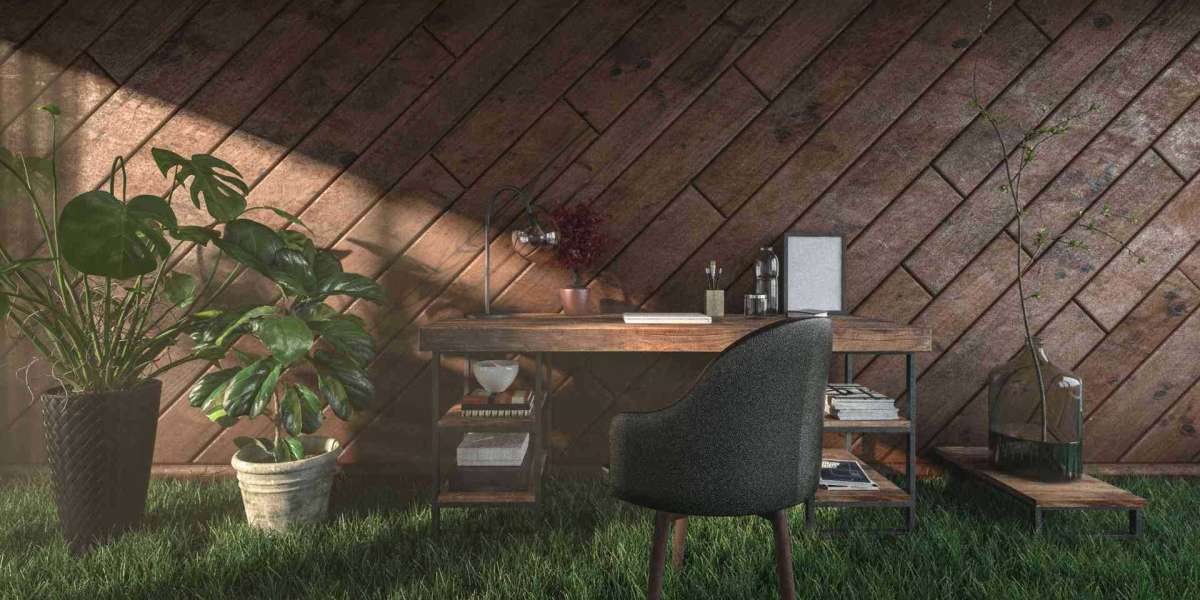Overview of Sustainable Veneers
Eco-friendly veneers are a design and environmental revolution, not just a fad. Previously employed to raise furniture and rooms, these thin layers of material now have a green twist.
Natural veneers, which combine style and environmental awareness, meet the goals of businesses and homeowners who care about the environment. By selecting these veneers, we help create a world in which environmental sustainability is not sacrificed for beauty.
Why Veneers Are Important and What They Are
For many years, a designer's hidden weapon has been veneers. Without the need for solid wood, they provide a sleek, sophisticated appearance that improves interior spaces. However, the environmental impact of traditional veneers is a hidden cost. In light of this, environmentally friendly veneers become a ray of hope, bridging the gap between responsibility and beauty.
The Issue with Typical Veneers
Deforestation is the lifeblood of the traditional veneer industry. In addition to destroying forests, the harvesting of raw timber also upsets ecosystems, displacing species. Furthermore, greenhouse gas emissions from energy-intensive manufacturing processes exacerbate climate change.
Traditional veneer adhesives frequently emit volatile organic compounds (VOCs) that degrade indoor air quality. The cumulative impact is an aesthetically pleasing but environmentally harmful design decision.
The Sustainable Substitute
This unsustainable worldview is challenged by eco-friendly veneers. Responsible production methods and renewable materials are prioritized in the creation of these veneers. The alternatives are as varied as they are creative, whether it's bamboo, a material that is fast regenerative, or repurposed wood that has been rescued from old furniture. Furthermore, non-toxic adhesives are used in place of conventional ones that are loaded with chemicals, guaranteeing that sustainability and safety go hand in side.
Eco-Friendly Veneers' Advantages
Beyond only being environmentally friendly, eco-friendly veneers have other advantages:
Sustainability: These veneers reduce deforestation by using fast-growing resources like bamboo and recyclable materials.
Durability: Fragile does not equate to sustainable. Because of their long-lasting design, these veneers will endure longer and produce less waste.
Aesthetic Appeal: Eco-friendly veneers' inherent attractiveness is on par with or even better than that of traditional choices.
Health Benefits: Eco-friendly veneers make homes and workplaces safer by improving indoor air quality with low-VOC adhesives.
Materials for Eco-Friendly Veneers
The creative use of materials is what really sets eco-friendly veneers apart. Bamboo is a common option because of its strength and quick growth. Reclaimed wood reduces landfill waste by giving old, discarded materials a new lease on life.
Intriguing veneers are also being made from agricultural waste, like as husks and stalks. Water-based, non-toxic adhesives guarantee the finished product's sustainability and safety.
Production Method: An Eco-Friendly Way
Green innovation is demonstrated by the eco-friendly veneers' journey from raw material to final product. Manufacturers use methods to reduce their negative effects on the environment.
This entails reusing water throughout production, utilizing energy-efficient equipment, and utilizing renewable energy sources like solar power. Reusing waste materials helps to complete the manufacturing cycle.
Eco-Friendly Veneer Applications
Architects and designers love eco-friendly veneers because of their versatility:
Residential Spaces: These veneers add flair and sustainability to homes with everything from sleek kitchen cabinets to sophisticated closets.
Commercial Spaces: The elegant yet conscientious attractiveness of eco-friendly veneers is advantageous for offices and retail establishments. They are perfect for designing opulent yet environmentally friendly environments, especially for hotels.
Architectural Designs: These veneers are a mainstay of contemporary design because of their versatility, which is demonstrated by bespoke furniture and elaborate details.
Adoption of Eco-Friendly Veneers Presents Difficulties
Eco-friendly veneers have a number of drawbacks despite their advantages. Although the long-term advantages frequently exceed this initial outlay, the larger upfront cost turns off purchasers on a tight budget. Accessibility is limited by limited supply in some areas, and general acceptance is hampered by customer ignorance. Manufacturers, designers, and legislators must work together to overcome these barriers.
Certifications' Function in Maintaining Authenticity
Certifications are essential for confirming veneers' environmental friendliness. Products with labels like LEED (Leadership in Energy and Environmental Design) and FSC (Forest Stewardship Council) are guaranteed to adhere to strict sustainability guidelines. These certificates encourage producers to follow moral standards while enabling customers to make knowledgeable decisions.
Teaching Customers to Make Sustainable Decisions
The adoption of eco-friendly veneers is mostly dependent on awareness. The knowledge gap can be closed with the use of workshops, informative marketing, and partnerships with interior designers. Industry leaders may encourage businesses and homeowners to adopt sustainable veneers by highlighting their advantages.
New Developments in Sustainable Veneer Technology
Technological innovation is the key to the future of environmentally friendly veneers. Developments in materials science are making it possible to create veneers that resemble exotic woods without causing harm to the environment. Smart veneers with sensors built in to track temperature or interior air quality could revolutionize sustainable design functionality.
Veneers' Future in Sustainable Design
Eco-friendly veneers have a bright future. These veneers will soon be the norm rather than the exception as sustainability gains global traction. Costs will probably decrease as a result of technological developments, and awareness will be raised through educational programs. By selecting environmentally appropriate veneers now, we open the door to a time when sustainability and beauty live harmoniously.
Traditional veneer adhesives frequently emit volatile organic compounds (VOCs) that degrade indoor air quality. The cumulative impact is an aesthetically pleasing but environmentally harmful design decision.














